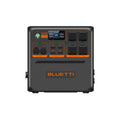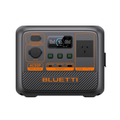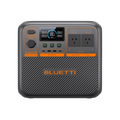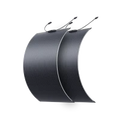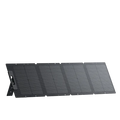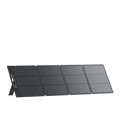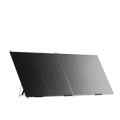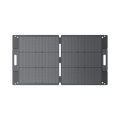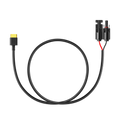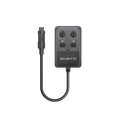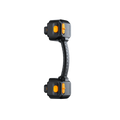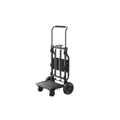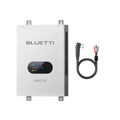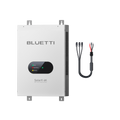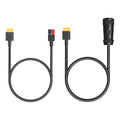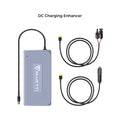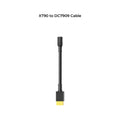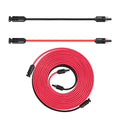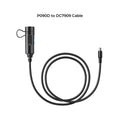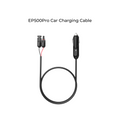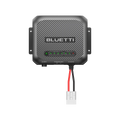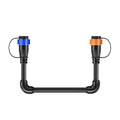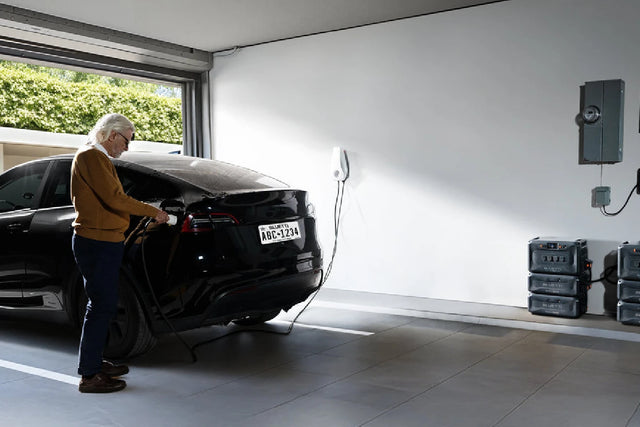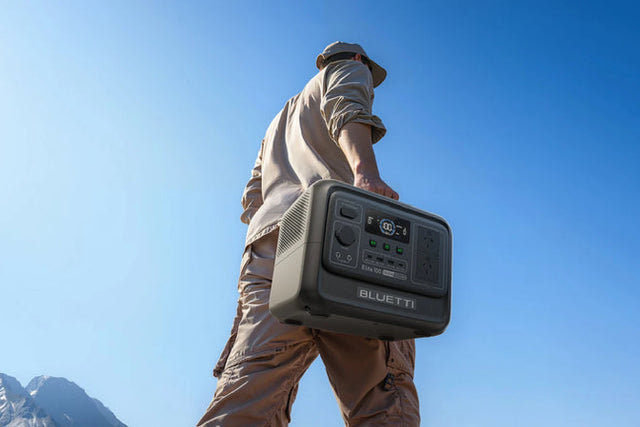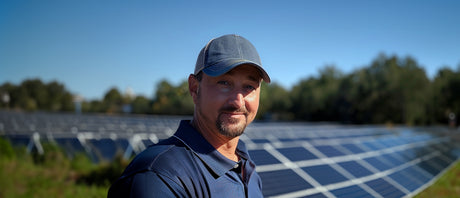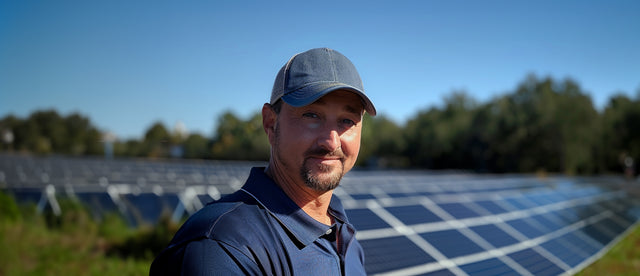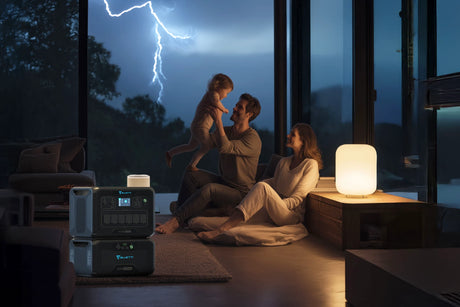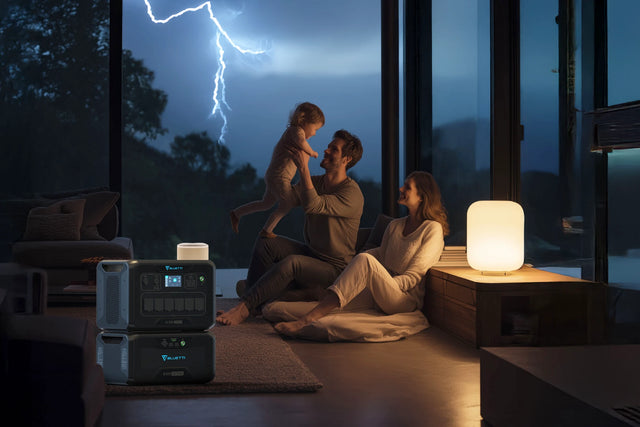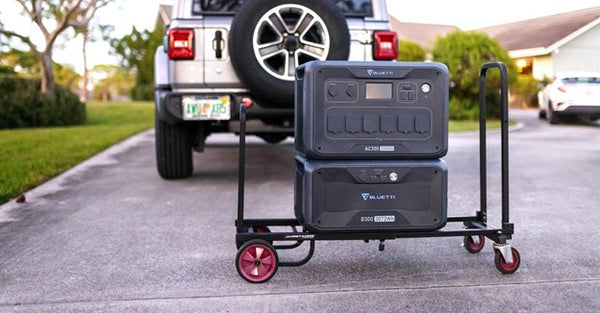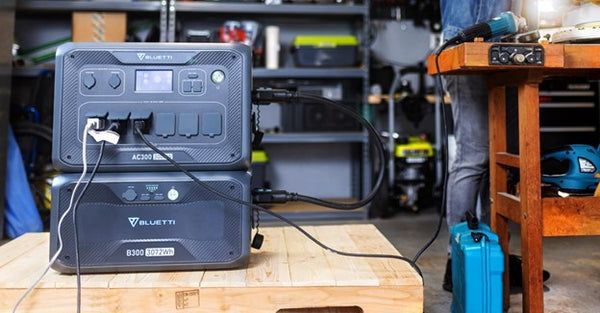Solar energy is the energy generated by nuclear fusion reactions in the sun. This energy reaches from the space towards the earth through electromagnetic radiation.
By the end of 2015, the installed capacity of solar energy systems had increased exponentially to be about 227 GWe, accounting for about 1% of the electricity used around the world. Major solar installations have taken place in areas with relatively less solar resource availability (Europe and China), while there is still unrealised potential in areas with significant resource availability (Africa, Australia, and the Middle East).
People belonging to remote and rural health communities persistently display poorer health results than metropolitan residents, while the health of indigenous people remains deplorable. Owing to the woeful inadequacy of the continuity and integration of care, residents face increased struggles in receiving the kind of care they need.
One of the key uses for alternative energy is powering medical equipment with solar energy. Australia, which is known for having great solar peak throughout the year, consequently has a big potential for the establishment of renewable energy sources. Other than that, 28% Australians (around 7 million) reside in rural areas across a number of diverse locations and might not have access to the kind of healthcare available to their metropolitan counterparts.
Therefore, a solar panel system and PV encapsulation can be utilised to provide an electric supply that is employed in health centres in order to make medical services available.
Unique Solar Cells for Medical Technology
Researchers at the University of Chicago discovered in a recent study that you can even use holes to enhance technology, particularly medical equipment. The article, which was published in Nature Materials, outlines a brand-new method for creating solar cells, one that involves making the topmost layer porous by etching holes into it.
The discovery might serve as the foundation for a less invasive pacemaker or other kinds of medical equipment. To minimise the size of the large batteries that are typically implanted along with today's pacemakers, it could be used in conjunction with a modest light source.
Aleksander Prominski, the paper's first author, expressed his expectation that this would lead to several opportunities for future advancements in the field. Prominski works at the laboratory at the University of Chicago, which specialises in developing methods of connecting artificial materials (like wires) with biological tissue to regulate brain surfaces and signals for medical implants.
Creating devices that you can operate with light is one of the areas in which the lab is interested. Although the most prominent form of this technology is solar cells, it is also possible to use other types of light, such as artificial light sources. Such devices can be operated through small optical fibres inserted in the body and are referred to as photoelectrochemical cells when functioning within the body.
Solar cells typically need two layers: these layers can be made by either fusing silicon and another substance (gold, for instance) or by fusing various atom types into each layer of silicon.
But University of Chicago researchers at the Tian lab discovered that if they turned one of the two layers porous, similar to a sponge, they could make a solar cell using pure silicon.
The resulting flexible, soft cell can have a width of around five microns (around as large as a red blood cell). When you combine it with an optical fibre, which is around as thick as a human hair strand, an implant's overall size is greatly reduced, turning it more palatable to the body and reducing the probability of adverse side effects.
This porous cell has a number of advantages compared to the methods used to make conventional solar cells, expediting the manufacturing process while preserving the final product's effectiveness. They can be produced quickly and without the use of harmful gases or high temperatures, according to Prominski.
Upon measuring these cells, the researchers discovered that the photocurrent was incredibly high – almost a couple of magnitudes higher than their previous designs.
The material is then treated with oxygen plasma to oxidise the top layer in order to increase its capacity to stimulate nerve or heart cells. For scientists, this process goes against logic because silicon oxide often acts as an insulator, and according to Tian, you do not want the photoelectrochemical effects to be hampered by any insulating components.
However, in this instance, oxidation is advantageous because it makes silicon hydrophilic (drawn to water), which helps enhance the signal strength to the biological tissue. Finally, one of the co-authors of the study, Pengju Li, added a few-atoms -thick layer metal oxide layer to further improve the device's capabilities.
The scientists can envision the technology being utilised for brief cardiac treatments since the components may be designed for biodegradability. The scientists can envision the technology being utilised for brief cardiac treatments since the components may be designed to be biodegradable. The pieces would naturally degrade after a certain period of time rather than requiring a second surgery to remove them.
Given that the devices could be positioned in various locations throughout the heart to improve coverage, the novel approach may also be especially helpful for cardiac resynchronisation therapy, a procedure that aims to treat arrhythmias in which the left and right chambers of the heart are not beating in sync.
In addition, Prominski is enthusiastic about potential uses for nerve stimulation. He believes that one could envision implanting these devices to relieve nerve pain in patients of, for example, chronic nerve degeneration in the arms, wrists, or hands.
The development of sustainable energy sources or even non-medical uses may make use of this inventive method of producing solar cells. Since these unique solar cells are thought to be suitable for usage in solar fuels and artificial leaves because they were created to function optimally in liquid environments.
The technique is being further developed by the team in collaboration with a cardiac research team at the UChicago Medicine. To commercialise the discovery, they have also joined hands with the University of Chicago Polsky Center for Innovation and Entrepreneurship.
Using Solar Energy to Power Pacemakers

Electricity is required for much medical equipment, including pacemakers, to function. Batteries are, undoubtedly, preferable to being connected to a plug, but they still need to be recharged, as anyone who has ever owned an iPhone or a Walkman would know.
Dr. Andreas Haberlin of Bern University Hospital in Switzerland is working on a number of novel ways to eliminate batteries from the equation. His ongoing venture? powering a pacemaker with solar power.
Haberlin frequently observes patients with pacemakers undergoing surgery only to replace the battery in his clinical practice. Haberlin, who realised eliminating batteries would reduce surgery, said, "This is fairly a straightforward operation, often just an inconvenience for patients." Haberlin was originally dubious when he saw a paper that claimed to run a pacemaker with transcutaneous light, but after doing some calculations, he realised that although the principal was excellent, the efficiency was quite low.
Haberlin showed proof of concept after conducting a number of straightforward experiments. He installed a solar panel underneath pig skin flaps from the butcher and was rather shocked that his team ended up measuring a lot of energy. As it turns out, the amount of infrared light penetrating the skin was enough to charge the solar panel inserted beneath the epidermis.
These optimistic findings led to the recruitment of numerous postgraduate students to do more research. The group has now released two papers explaining how pacemakers can be powered by light energy harvested through the skin using solar panels inserted in pigs. According to tests, just a few minutes of light may be able to operate a pacemaker for a 24-hour period.
So far, it's encouraging, but what happens at night or if the weather does not provide enough sunlight? Haberlin created a prototype pacemaker with a limited amount of storage to get around this issue. Although Haberlin acknowledges that he will have to integrate some type of storage, which is far smaller than a normal battery, it is not exactly a battery. Tests revealed that the prototype pacemaker could function in the dark for 40 days once it was fully charged.
What Next?
Before this technique is used on people, it needs to be significantly optimised. One factor is clothing, which restricts the number of areas where a solar panel can be implanted beneath the skin. Haberlin recommends the neck's side. Regular sunburn identifies it as a highly exposed body part, and the superior clavicle vein makes it simple to reach the heart.
According to Haberlin, one issue with the neck is that we frequently move our heads around, which could cause the leads supplying the heart with the gathered energy to become loose. Haberlin is presently developing a flexible PV (photovoltaic panel) equipped with flexible circuitry to address this issue.
Haberlin has other solutions for releasing pacemakers from fixed-life batteries besides solar power. Although the possibility of blood clots is a concern, the tiny turbines in blood arteries capture amounts of energy that are by far sufficient to run a pacemaker. The possibility of blood clots, however, still poses a problem.
Another suitable solution is a different strategy that the team tested. Here, a clockwork-like device that is implanted directly into the heart is wound up by the heartbeat, which, in turn, drives a pacemaker. Despite being promising, each route has a unique set of difficulties. Photovoltaic panels used in solar energy have the benefit of being extremely dependable and already endured severe environments like space.
Encouraging Innovation
Haberlin has expertise as a statistician, a PhD in biomedical engineering and a medical degree, making him almost a one-stop shop as far as interdisciplinary collaboration is concerned. Therefore, it is not unexpected that he thinks "collaboration is vital."
Haberlin is a member of a small, up-and-coming research team that also consists of physicists, computer scientists, mechanical engineers, electrical engineers, and psychologists. "We all have similar interests and passions, and even if we all come from diverse backgrounds, Haberlin claims that this makes it more likely that you will develop original solutions. You could come up with interesting ideas if you start thinking aloud while drinking coffee with a coworker." This maintains interest in the field of study and, as Haberlin exclaims, "it's just fun!"
Research funding is frequently the less enjoyable aspect, although Haberlin hasn't had any complaints thus far. "With this type of unique study you may convince other partners (such as foundations) to spend some money on you," he says.
Haberlin provides valuable suggestions for other medical professionals with a good concept. "Engineering-wise, not everything imaginable can be implemented. So, have a conversation with an engineer first, and don't take it personally if he thinks it would be challenging." Start off modestly with straightforward studies to gather some first data, which is crucial for more funding. If you only have a good idea, it might be challenging to secure money, he claims. A significant factor is also individual motivation. Haberlin's motivation is curiosity. Why not give it a shot if it could be done?
Powering Your Clinic with Portable Solar Panels

To wrap up, portable solar panels offer a lot of promise and potential with respect to powering medical devices and improving healthcare outcomes for rural populations.
If you are looking for portable solar panels for clinics, we invite you to check out our vast range of options. We offer a number of different types of portable solar panels and can help you choose one that best serves your needs and budget.
To learn more about portable solar power for your clinic and to explore your options, feel free to contact us.


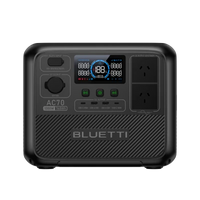
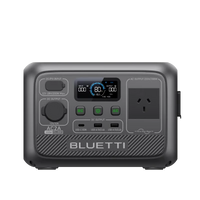
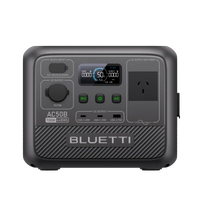

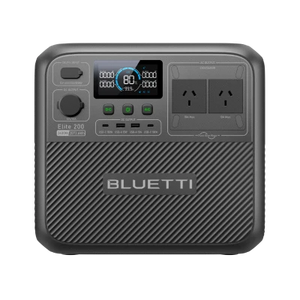
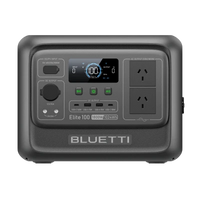
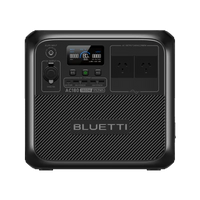
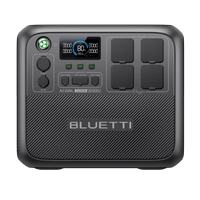
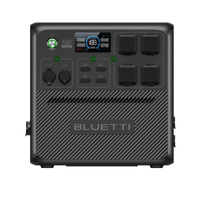
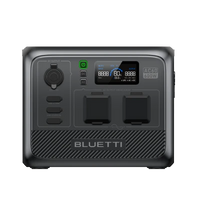
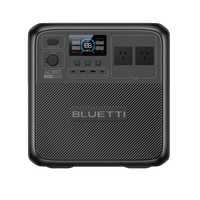


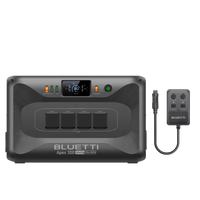

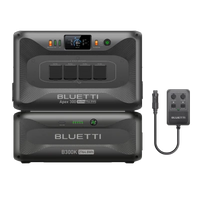
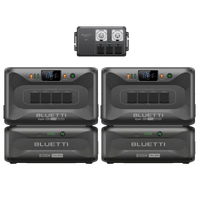
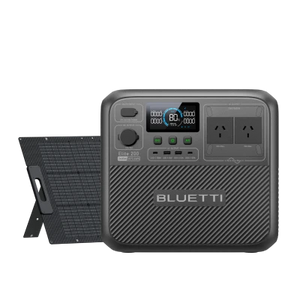
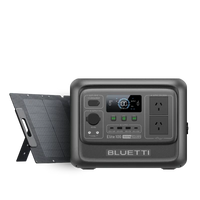
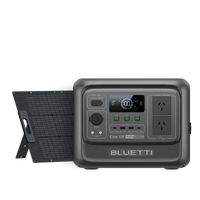
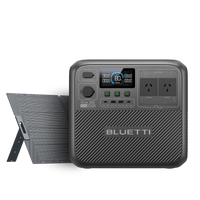
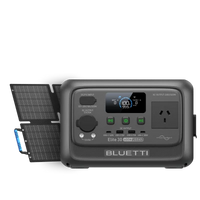
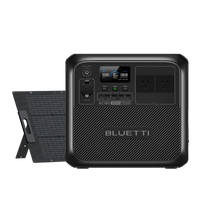
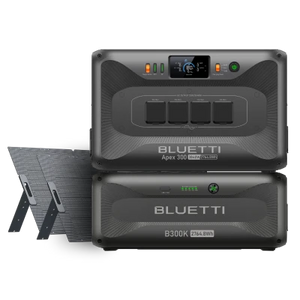
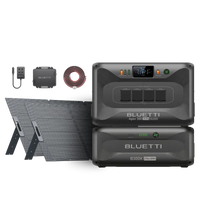
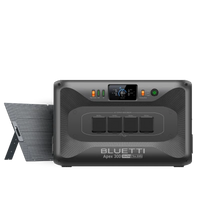
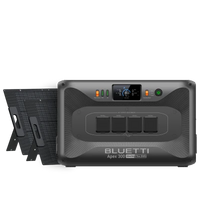
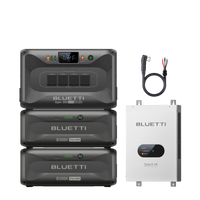

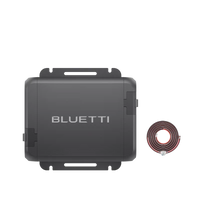
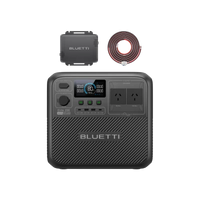
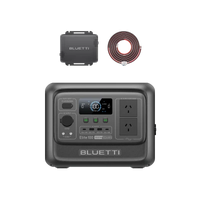
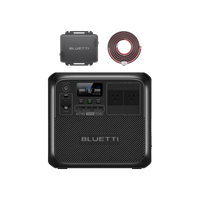
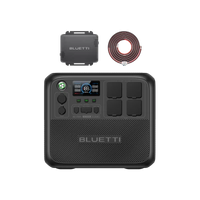
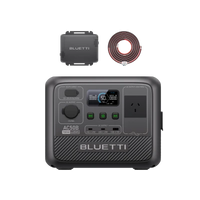
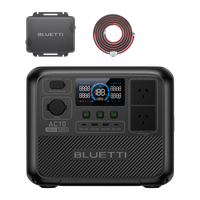


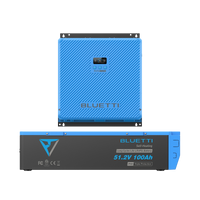
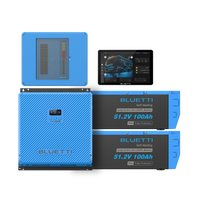
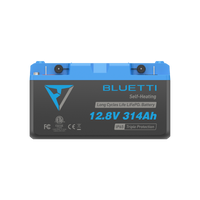
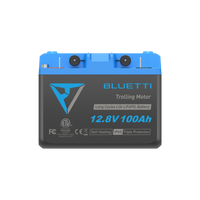
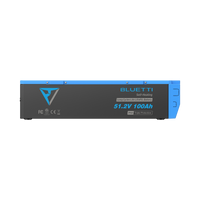
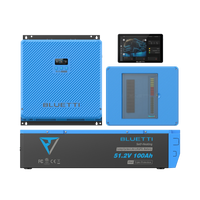
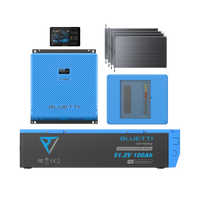
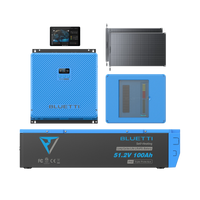
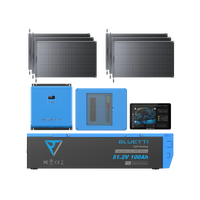


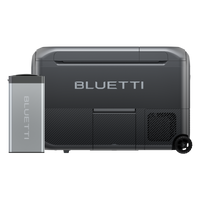
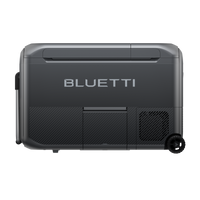
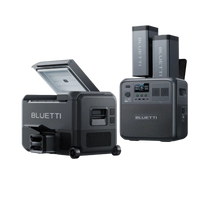
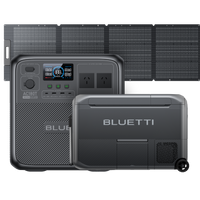
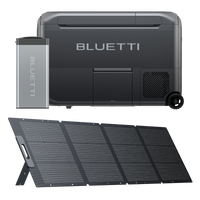
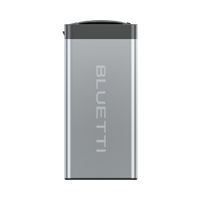
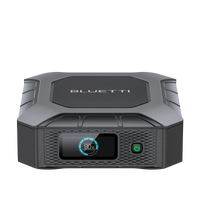
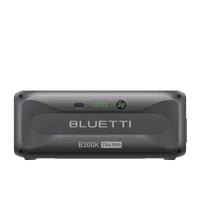

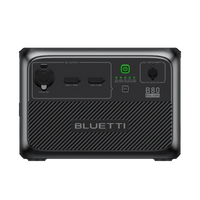
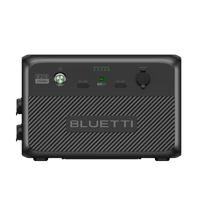

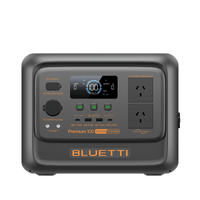
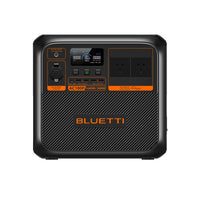

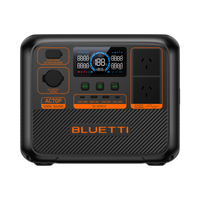
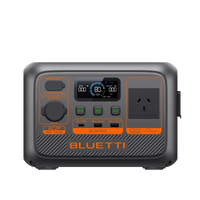
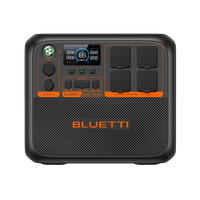
![[Phased Out] BLUETTI B80P Expansion Battery | 806Wh](http://www.bluettipower.com.au/cdn/shop/files/202310025B80P_2000-2000px_4_4caa0c1c-4dab-4272-9e9b-2b7507e5bd81.jpg?v=1713777870&width=200)
![[Phased Out] BLUETTI B210P Expansion Battery | 2,150Wh](http://www.bluettipower.com.au/cdn/shop/files/2_08cf9ef3-03a4-4489-b641-d3edb8094896.webp?v=1716016566&width=200)
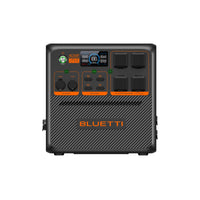
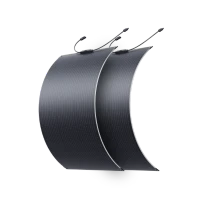
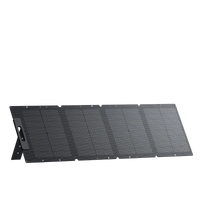
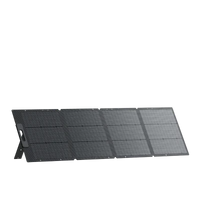
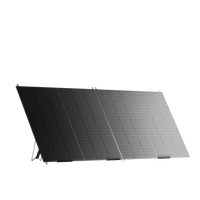

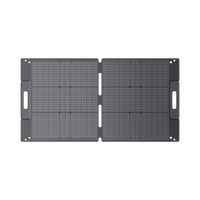

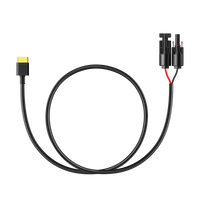
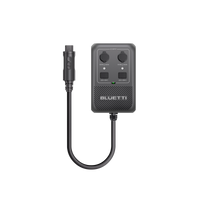
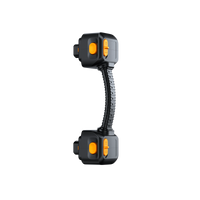
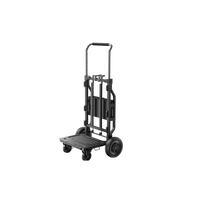
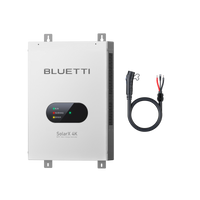
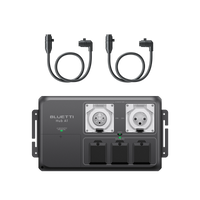
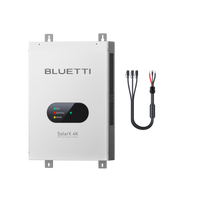
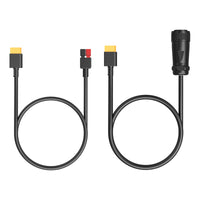
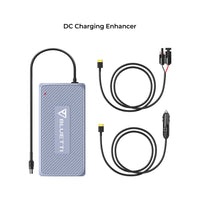
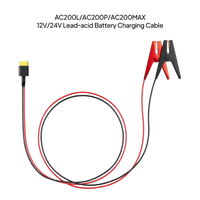
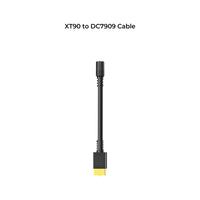
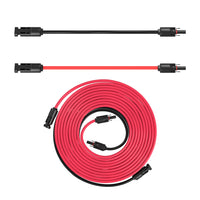
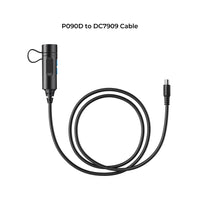
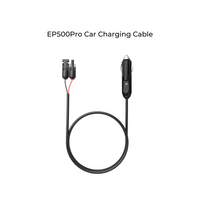
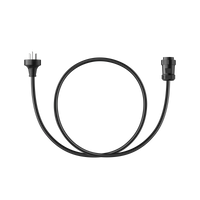

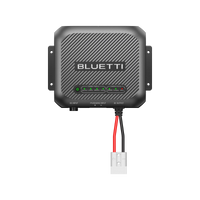
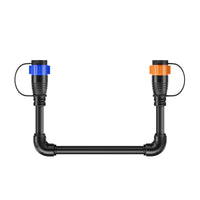



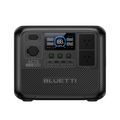
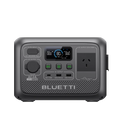
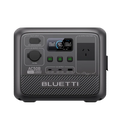


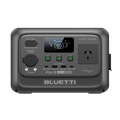
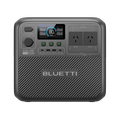
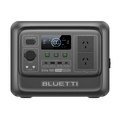
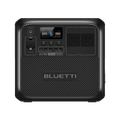
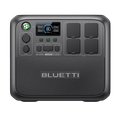
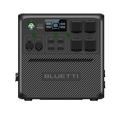
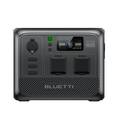
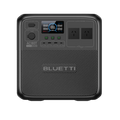


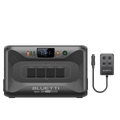

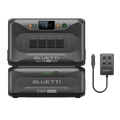
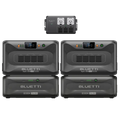




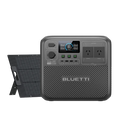
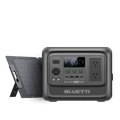
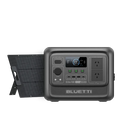
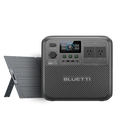
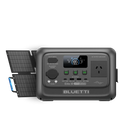
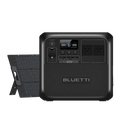
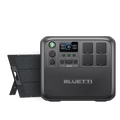
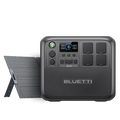




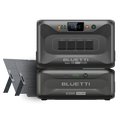
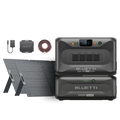
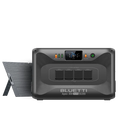
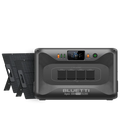
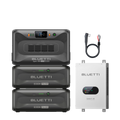

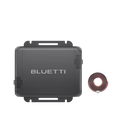
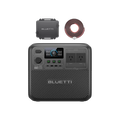
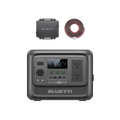
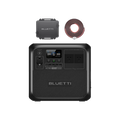
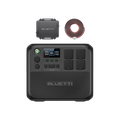
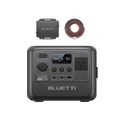
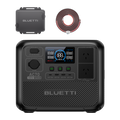
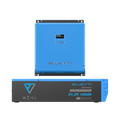
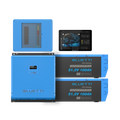
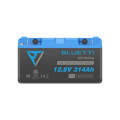
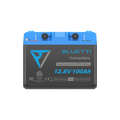

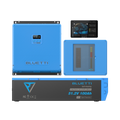
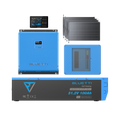
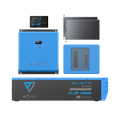

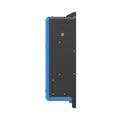


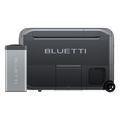
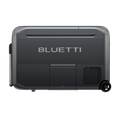
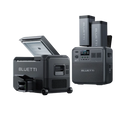
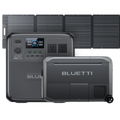
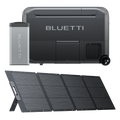
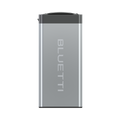
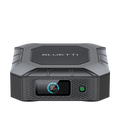
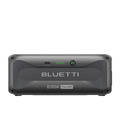

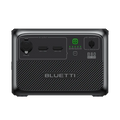
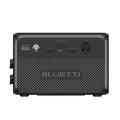
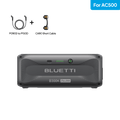
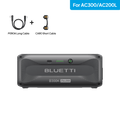
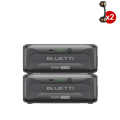
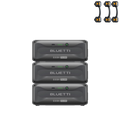






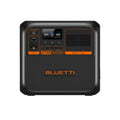

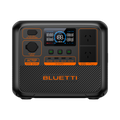
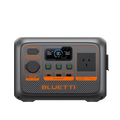
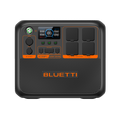
![[Phased Out] BLUETTI B80P Expansion Battery | 806Wh](http://www.bluettipower.com.au/cdn/shop/files/202310025B80P_2000-2000px_4_4caa0c1c-4dab-4272-9e9b-2b7507e5bd81.jpg?v=1713777870&width=120)
![[Phased Out] BLUETTI B210P Expansion Battery | 2,150Wh](http://www.bluettipower.com.au/cdn/shop/files/2_08cf9ef3-03a4-4489-b641-d3edb8094896.webp?v=1716016566&width=120)
